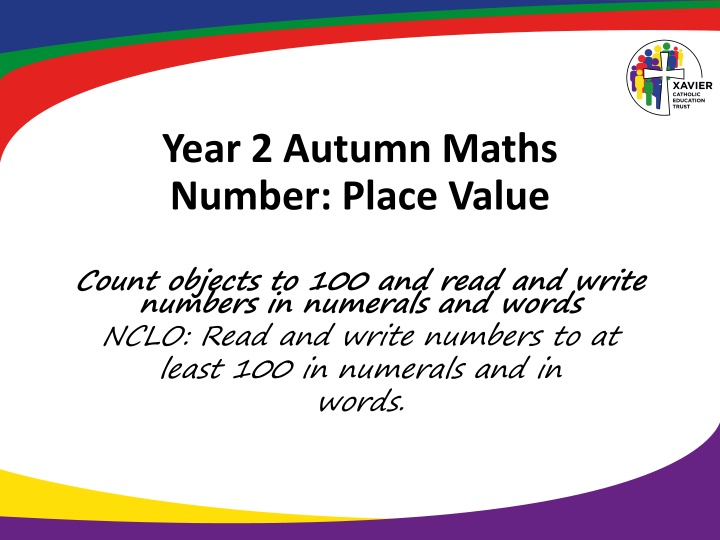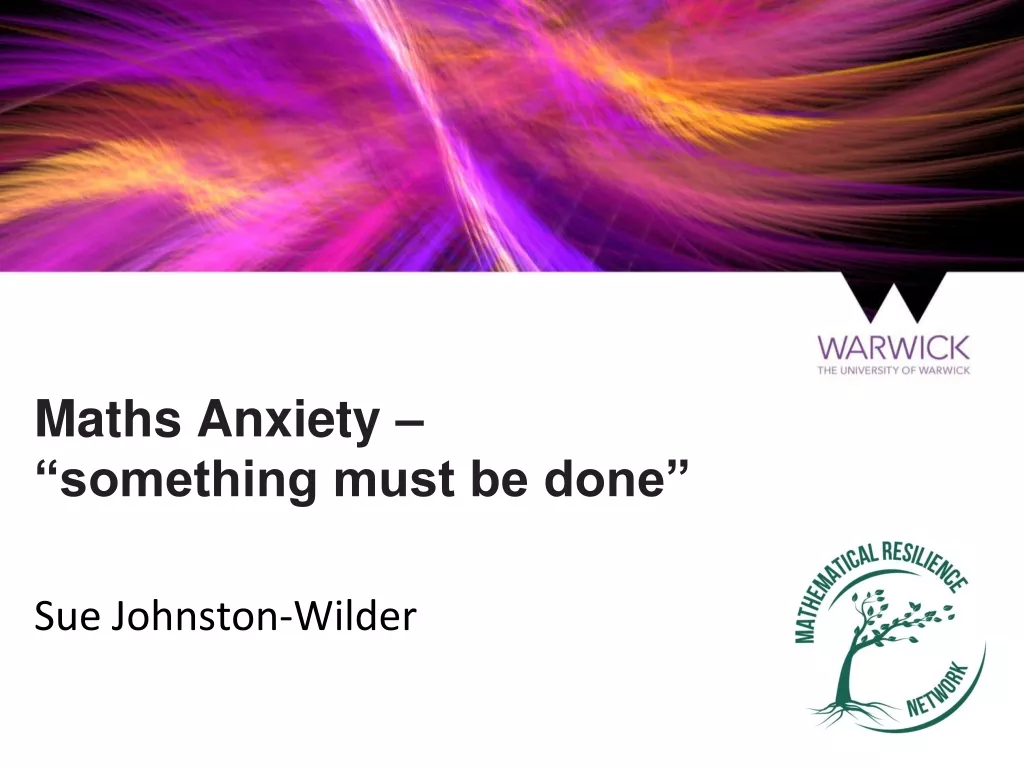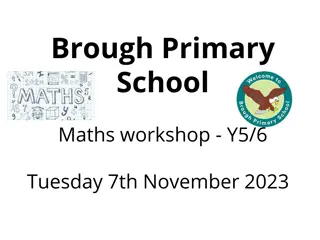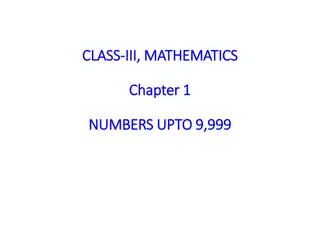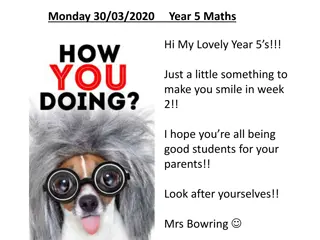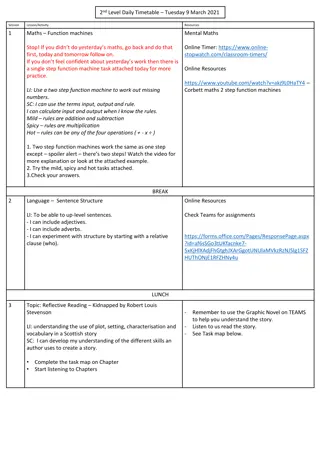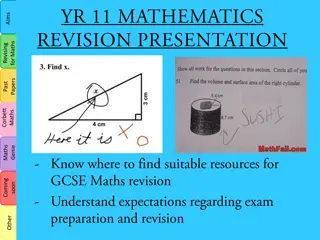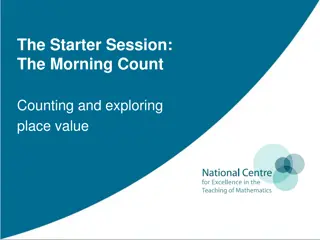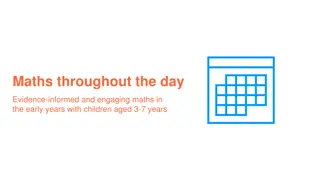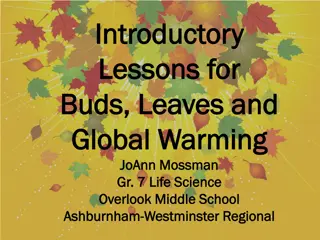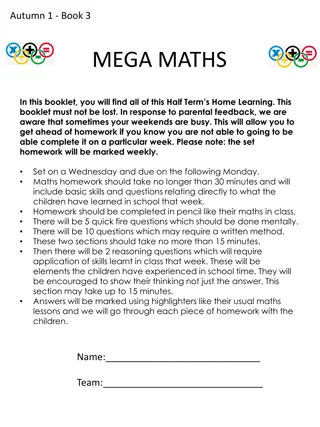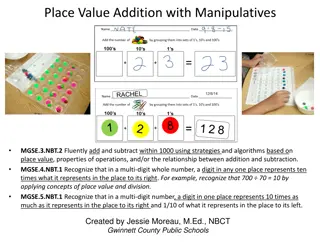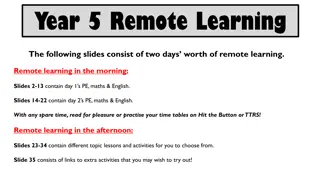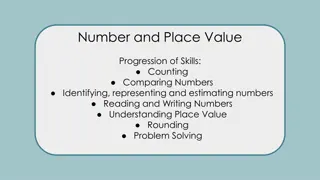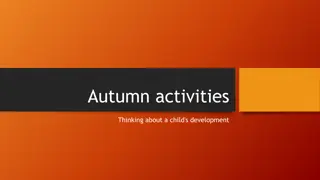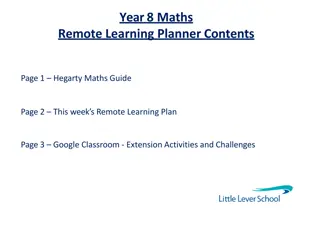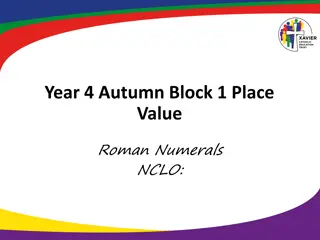Autumn Maths: Number Place Value Activities
Engage students in number place value activities for Year 2 Autumn Maths. Develop skills in counting objects to 100, reading and writing numbers in numerals and words. Explore key vocabulary, fluency exercises, and reasoning and problem-solving challenges to enhance mathematical understanding.
Download Presentation

Please find below an Image/Link to download the presentation.
The content on the website is provided AS IS for your information and personal use only. It may not be sold, licensed, or shared on other websites without obtaining consent from the author.If you encounter any issues during the download, it is possible that the publisher has removed the file from their server.
You are allowed to download the files provided on this website for personal or commercial use, subject to the condition that they are used lawfully. All files are the property of their respective owners.
The content on the website is provided AS IS for your information and personal use only. It may not be sold, licensed, or shared on other websites without obtaining consent from the author.
E N D
Presentation Transcript
Year 2 Autumn Maths Number: Place Value Count objects to 100 and read and write numbers in numerals and words NCLO: Read and write numbers to at least 100 in numerals and in words.
Key vocabulary and questions digits numerals less teen numbers words more Images largest tens numbers How can you count the cars? Do you have a strategy? What is one more/one less? Which is the largest number? Which number is tricky to write in words? Which numbers sound similar? How are 17 and 70 different? Can you show me?
Reasoning and problem solving Challenge: How many dots on one die? How did you count the dots? How many dots on a nine sided die?
Year 2 Autumn Maths Number: Place Value Represent numbers to 100 NCLO: Read and write numbers to at least 100 in numerals and in words.
Key vocabulary and questions ones tens digit numeral How have the beads been grouped? How does this help you count? Which part of the resource represents tens/ones? Which resource do you prefer to use for larger numbers? Which is quickest? Which would take a long time?
Reasoning and problem solving Challenge: What is the largest number? Prove it by using concrete resources. What is the smallest number? Prove it by using concrete resources. Why can t the 0 be used as a tens number?
Year 2 Autumn Maths Number: Place Value Tens and ones with a part whole model NCLO: Recognise the place value of each digit in a two digit number (tens, ones)
Key vocabulary and questions tens digit part whole model ones digit tens frame partition Which part do we know? How can we use the whole and part to work out the missing part? Can you use concrete materials/draw something to help you partition? How can you rearrange the counters to help you count the lemon and strawberry cupcakes?
Year 2 Autumn Maths Number: Place Value Tens and ones with a part whole model NCLO: Recognise the place value of each digit in a two digit number (tens, ones)
Key vocabulary and questions tens digit part whole model total ones digit partition
Reasoning and problem solving Challenge: What would the next number in the pattern be?
Year 2 Autumn Maths Number: Place Value Use a place value chart NCLO: Recognise the place value of each digit in a two digit number (tens, ones)
Key vocabulary and questions tens digit place value ones digit place value chart
Year 2 Autumn Maths Number: Place Value Comparing objects NCLO: Compare and order numbers from 0 up to 100; use <, > and = signs.
Key vocabulary and questions more than less then < > equal to How can you arrange the objects to make them easy to compare? Do groups of ten help you count? Why?
Year 2 Autumn Maths Number: Place Value Comparing numbers NCLO: Compare and order numbers from 0 up to 100; use <, > and = signs.
Key vocabulary and questions greater than, less than, more than, fewer, most, least , equal to. Use the symbols <, > and = to write number sentences. Can you prove your answers using concrete resources? Can you prove your answers by drawing a diagram? Is there more than one answer? Do you need to work the number sentences out to decide which is greater?
